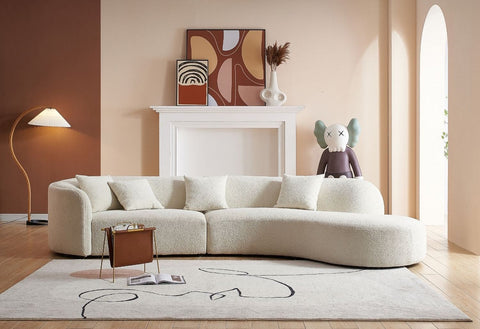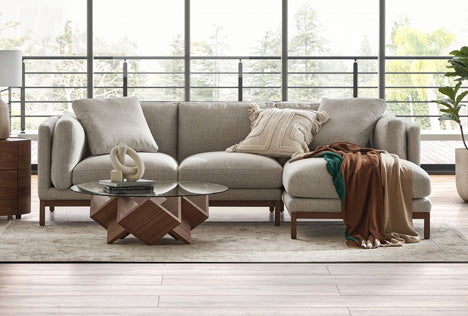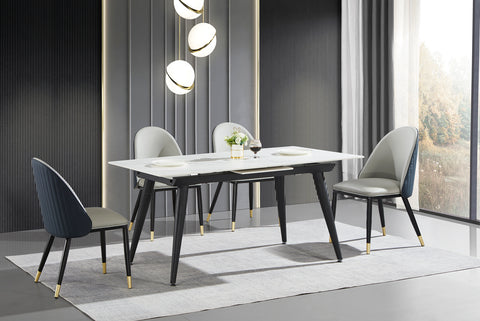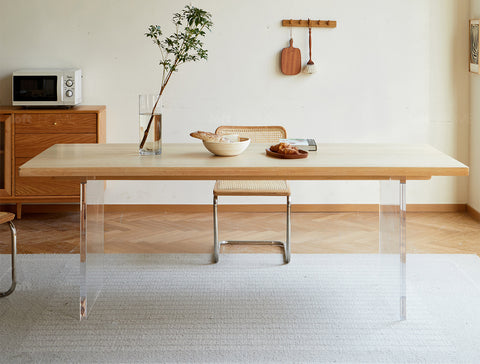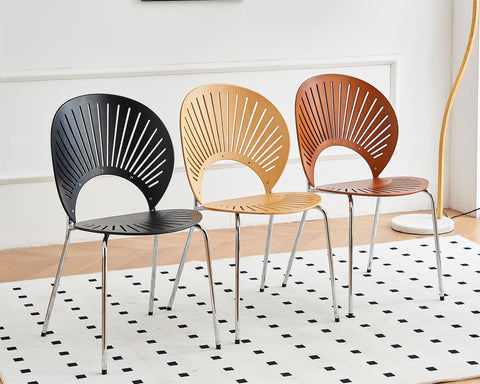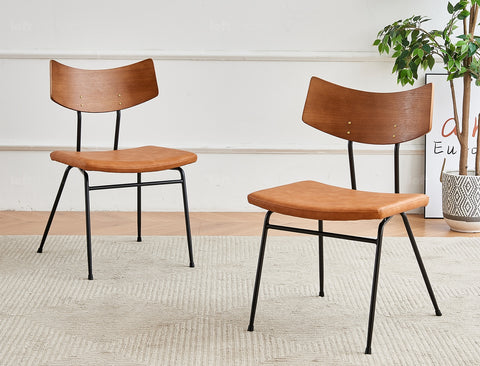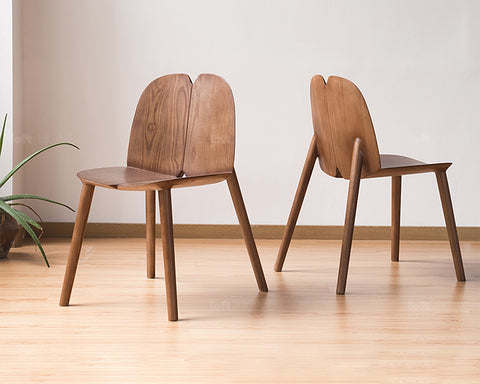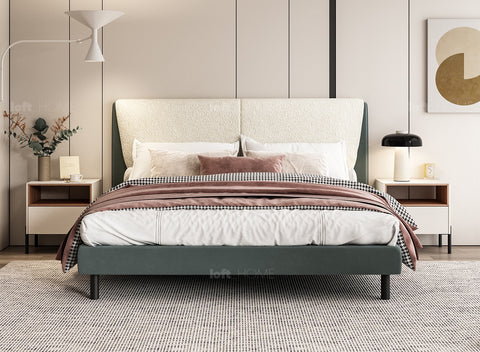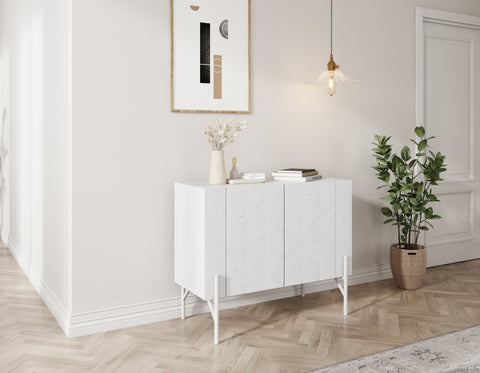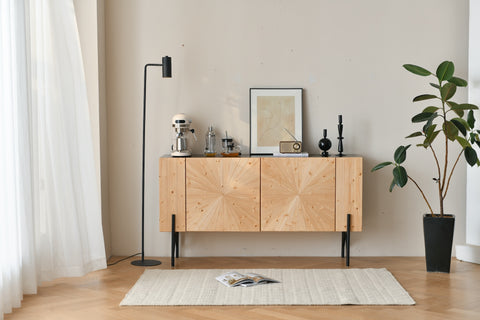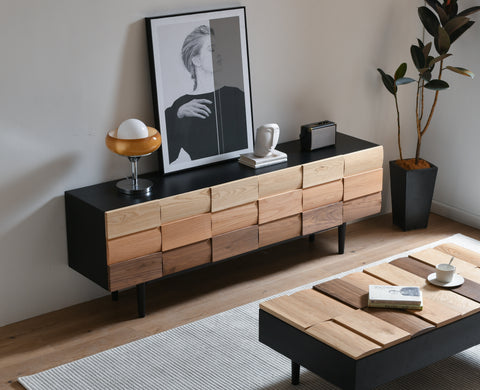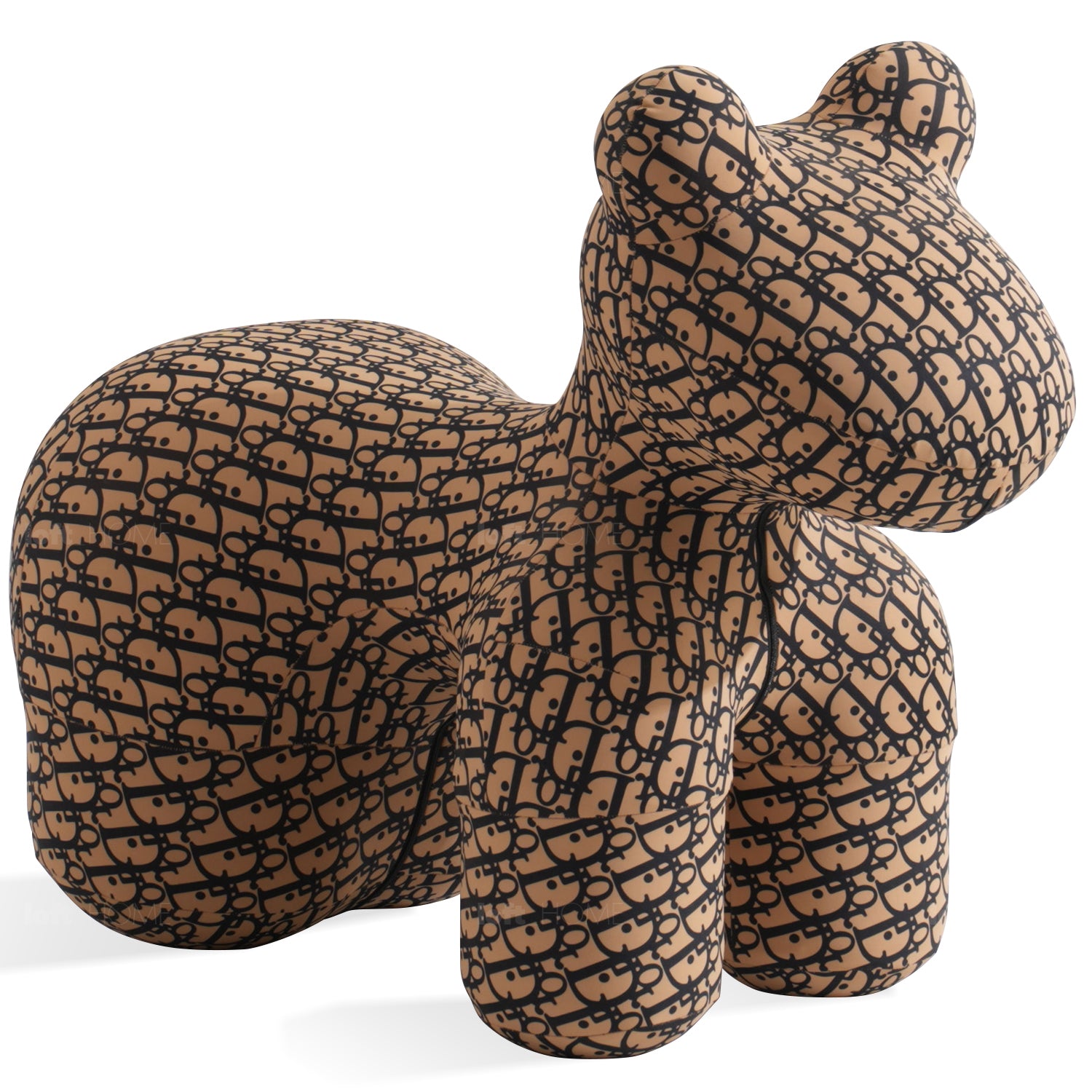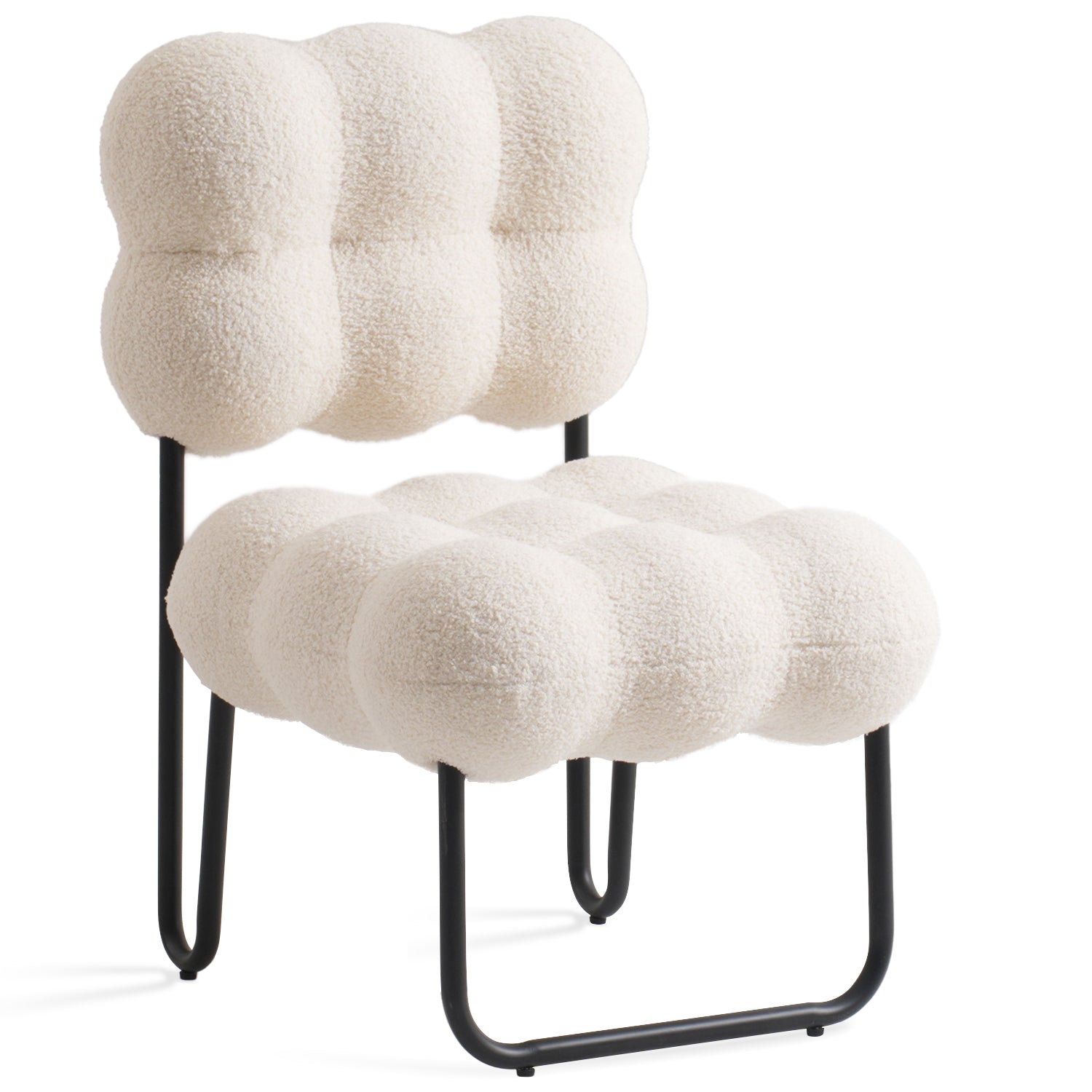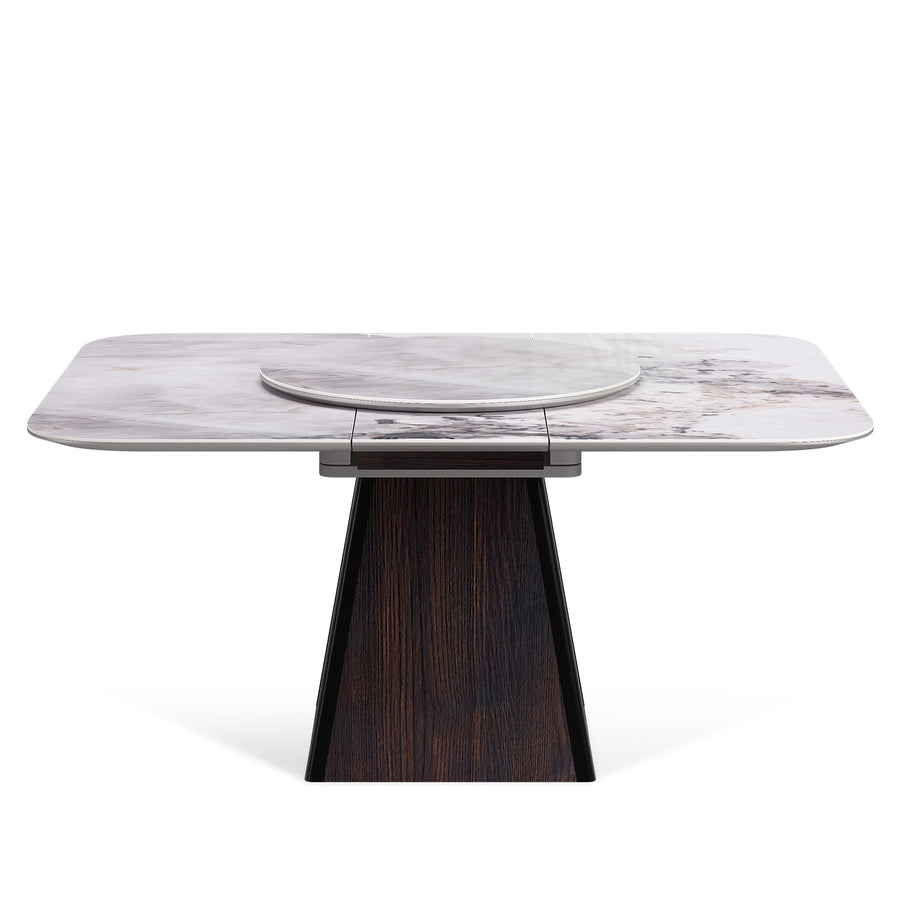Sintered Stone vs Marble Dining Table: Which Is Better?
You've been dreaming of a stylish new dining table for your home. But with so many options out there, how do you choose? While marble is a classic material that instantly elevates any space, sintered stone is also emerging as a popular alternative with its brutalist look and durable properties. Sintered stone dining tables offer marble's elegance without some of the drawbacks. So which material should you choose for your next dining table - marble or sintered stone?
With this guide from Loft Home, you'll learn the key differences between these two materials. Weigh the pros and cons and decide which dining table is right for your home and lifestyle. Let's dive in and compare marble and sintered stone dining tables so you can make the perfect choice with confidence.
What Is a Sintered Stone Dining Table?
Sintered stone is a man-made material made from natural materials that are ground into a powder, then fused together under extreme heat and pressure. The end result is an ultra-durable surface ideal for high-traffic areas like dining tables.
Sintered stone dining tables offer unparalleled strength and scratch resistance. Hot pots, knives, and abrasive materials are no match for sintered stone. Its non-porous, stain-proof surface means spills and splatters wipe away easily.
When it comes to style, sintered stone has the natural beauty of stone without the high price tag. From rustic wood grains to polished monochrome, there are many designs to suit your decor. Sintered stone tables also tend to be more lightweight than natural stone, making them easier to move.
For a dining table that can stand up to anything life throws at it, sintered stone is a perfect choice. Its combination of strength, style, and practicality will make it the centrepiece of your dining area for years to come.
What is a Marble Dining Table?
A marble dining table is a stunning statement piece for any dining area. Marble is a natural stone that provides an ultra-smooth, polished surface that's also heat-resistant.
Marble dining tables come in a range of styles from minimal and modern to ornate and traditional. The most common marble types used are Carrara, Calacatta and Statuario which feature gorgeous grey and white veining. Marble's natural beauty develops a lovely patina over time, giving your dining table a sense of history.
While marble is durable, it does require some maintenance. Use coasters for drinks, placemats for plates and wipe up spills immediately to prevent etching and stains. You'll also need to seal the marble every few months to protect the surface. For some, the extra care is worth it for marble's unparalleled elegance and style. If low-maintenance is more your thing, a sintered stone table could be a great alternative.
Differences Between Sintered Stone vs Marble Dining Table
When choosing between a sintered stone or marble dining table, there are a few key differences to consider:
- Durability: Sintered stone is virtually indestructible and highly resistant to stains, scratches and heat. Marble, while still durable, is softer and more prone to damage and stains over time.
- Appearance: Sintered stone can mimic the look of materials like marble with realistic veining and patterns. Marble has a classic, natural beauty with unique markings and colour variations.
- Weight: Sintered stone tables are lighter in weight, making them easier to move. Marble tables can be quite heavy.
- Price: Sintered stone is often more budget-friendly. Marble tends to be a premium material and priced higher.
For a dining table that will withstand heavy use and last a lifetime, sintered stone is a great choice. If you prefer the elegance and artistry of natural marble and don’t mind some imperfections, a marble table could be stunning. Either way, you can’t go wrong with these gorgeous, high-quality materials. The final decision comes down to your priorities and personal style.
Pros and Cons of Sintered Stone Dining Tables
Sintered stone, also known as engineered or composite stone, offers some benefits over natural marble for dining tables.
- Durability: Sintered stone is non-porous, stain-resistant and scratch-resistant. It can withstand heat and the scratches and stains that come with an active family life.
- Low maintenance: It's easy to clean and disinfect. You only need to wipe it down with a damp cloth to keep it looking like new.
- Customization: Sintered stone can be produced in a wide range of colours and styles. You have more options to choose a table that fits your decor.
However, there are a few downsides to consider:
- Cost: Sintered stone tables tend to cost slightly more than marble.
- Patina: Sintered stone won't develop the natural patina that marble acquires over time with use. Its surface remains uniform.
- Permanence: The colour and pattern are consistent throughout the material. Any marks or stains can't be sanded or polished out as with marble.
For a low-maintenance yet stylish dining table, sintered stone can be a great choice. But for those who prefer the character of natural stone, marble may still reign supreme. The pros and cons come down to your priorities and lifestyle.
Pros and Cons of Marble Dining Tables
Marble dining tables are stunning but require care.
The positives of marble are:
- Elegant and luxurious. Marble tables elevate a room.
- Easy to clean. Wipe down with a damp cloth.
- Heat resistant. Place hot dishes on the tabletop.
- Unique. No two marble slabs are the same.
However, there are some downsides to consider:
- Expensive. Marble tables are an investment.
- Scratches and stains easily. Use placemats and coasters.
- Heavy. Moving a marble table requires extra manpower.
- Sealing required. Apply a sealant to prevent damage. Re-seal annually.
Marble dining tables add natural beauty but the soft stone needs protection. With proper care and maintenance, a marble table can become an heirloom that lasts generations. But if cost or high-maintenance are concerns, a sintered stone table may better suit your needs.
Loft Home's Shopping Guide
When comparing sintered stone vs marble dining tables at Loft Home, here are some tips to guide your choice:
- Durability: Sintered stone is very durable and stain-resistant, while marble can stain and scratch more easily. For high-traffic areas, sintered stone is a great choice.
- Style: Both options offer an elegant, natural stone look. Sintered stone can resemble materials like granite or slate, while marble has distinctive veining. Choose the style that fits your decor.
- Care: Sintered stone requires little maintenance. Simply wipe clean with water. Marble needs to be sealed to protect from damage and stains. Re-sealing marble table tops every 6-12 months is recommended.
- Price: Sintered stone and marble can vary in price depending on the specific material. In general, sintered stone may cost slightly more due to its durable properties. For the budget-conscious, marble can be a more affordable option if properly cared for.
- Outdoor use: Sintered stone is ideal for outdoor patios since it is non-porous and weather-resistant. Marble should only be used indoors.
Whether you choose sintered stone or marble, Loft Home offers high quality, stylish options for your home. Let our design experts help you select the perfect dining table to suit your needs. We can also provide care recommendations to keep your new table looking beautiful for years to come.
Conclusion
Both sintered stone and marble have their pros and cons for dining tables. Sintered stone is more durable and stain-resistant, but marble has an unbeatable classic elegance. At the end of the day, it comes down to your priorities. If longevity and low maintenance matter most, sintered stone is likely the better choice. But if you want timeless beauty and don't mind a bit more care, marble takes the cake. Either way, you really can't go wrong - both make stunning dining tables. Just weigh up the factors and choose the one that best fits your lifestyle and taste. Happy shopping!

